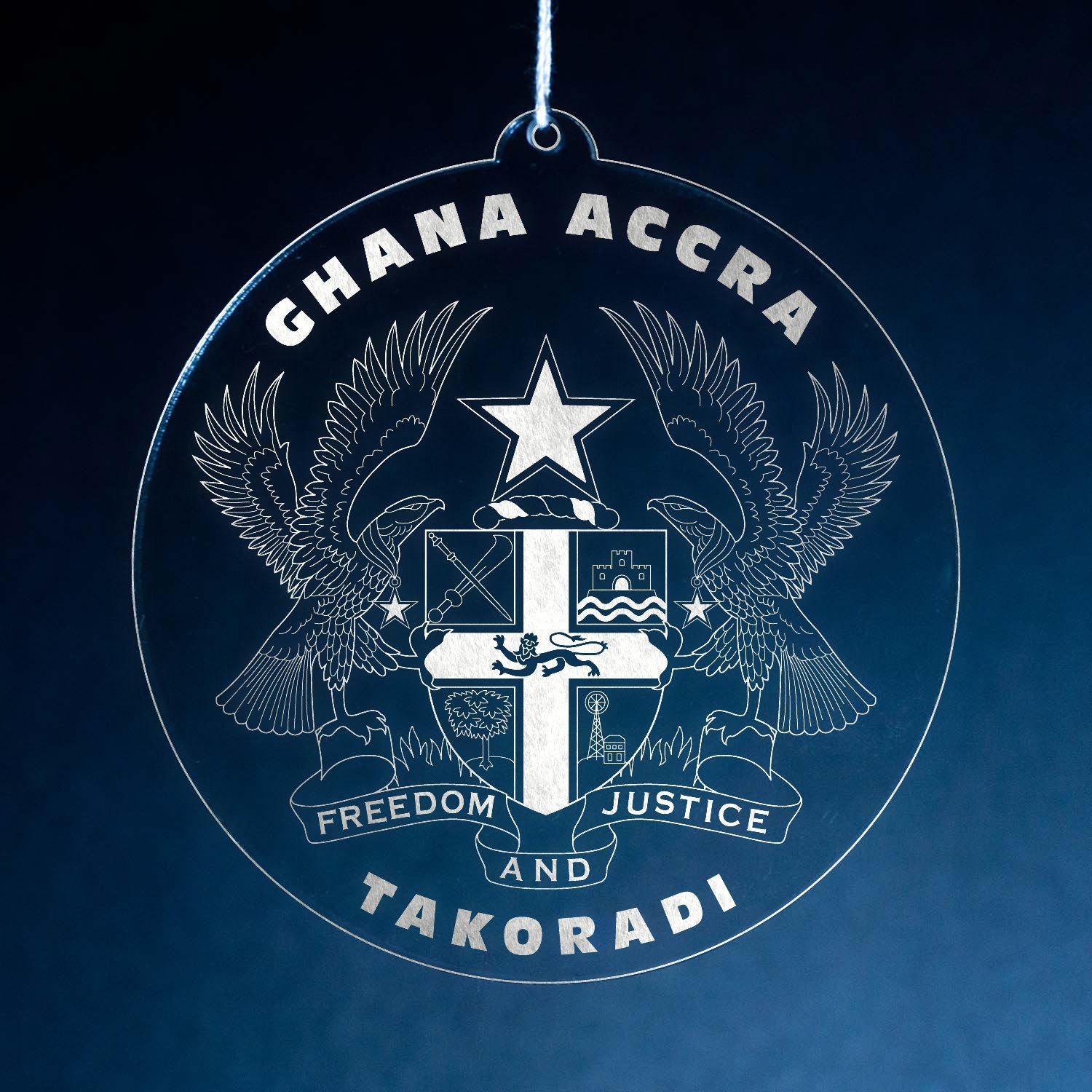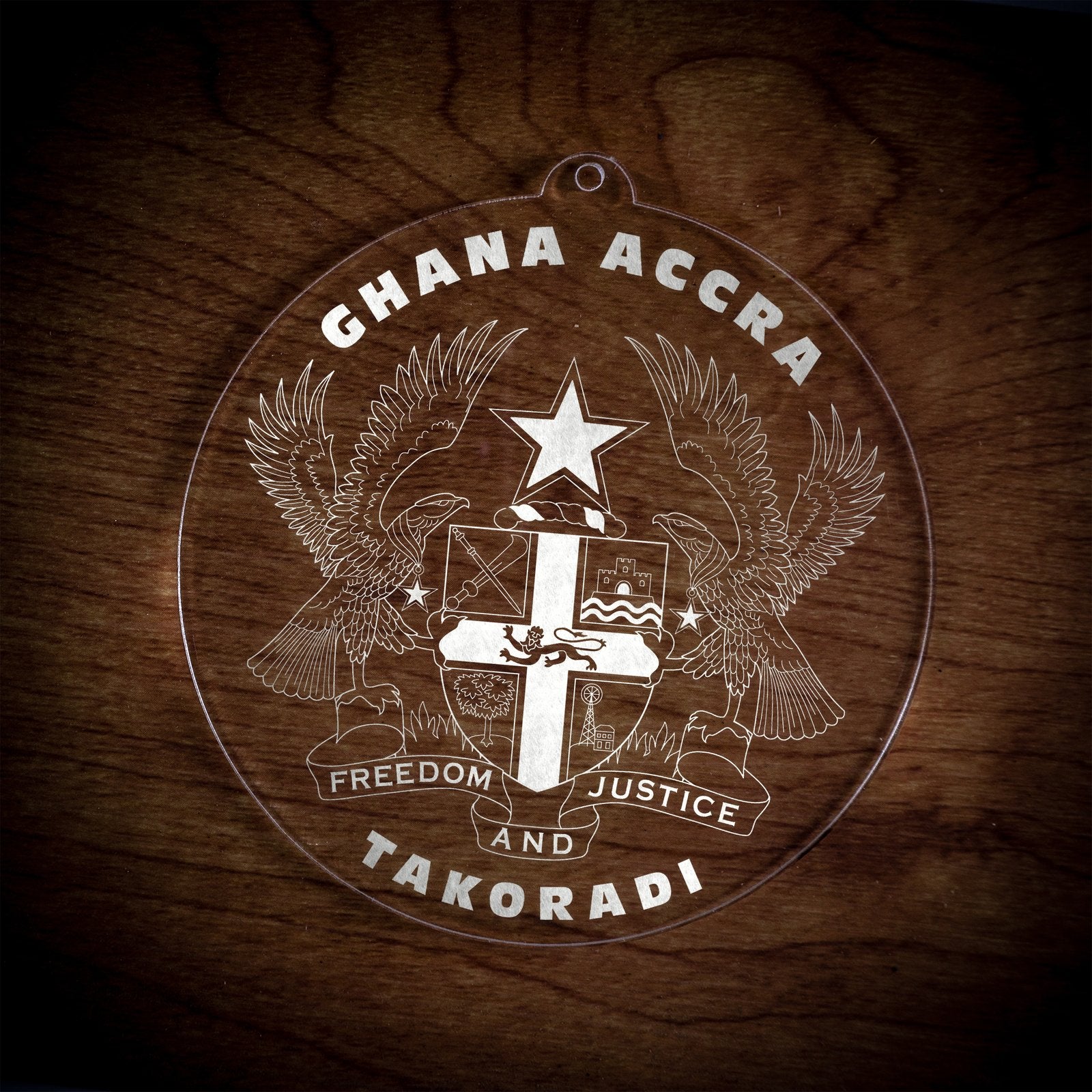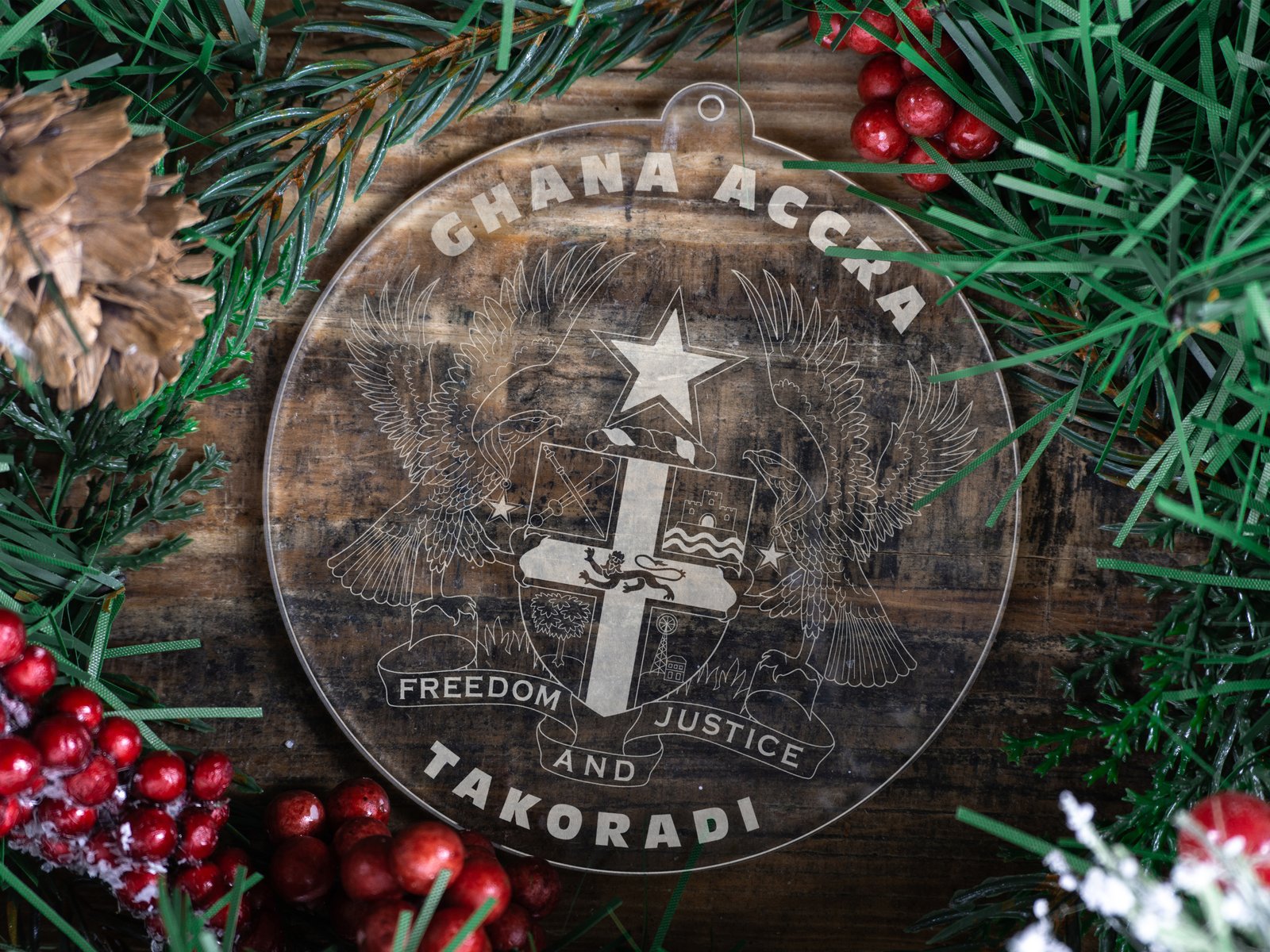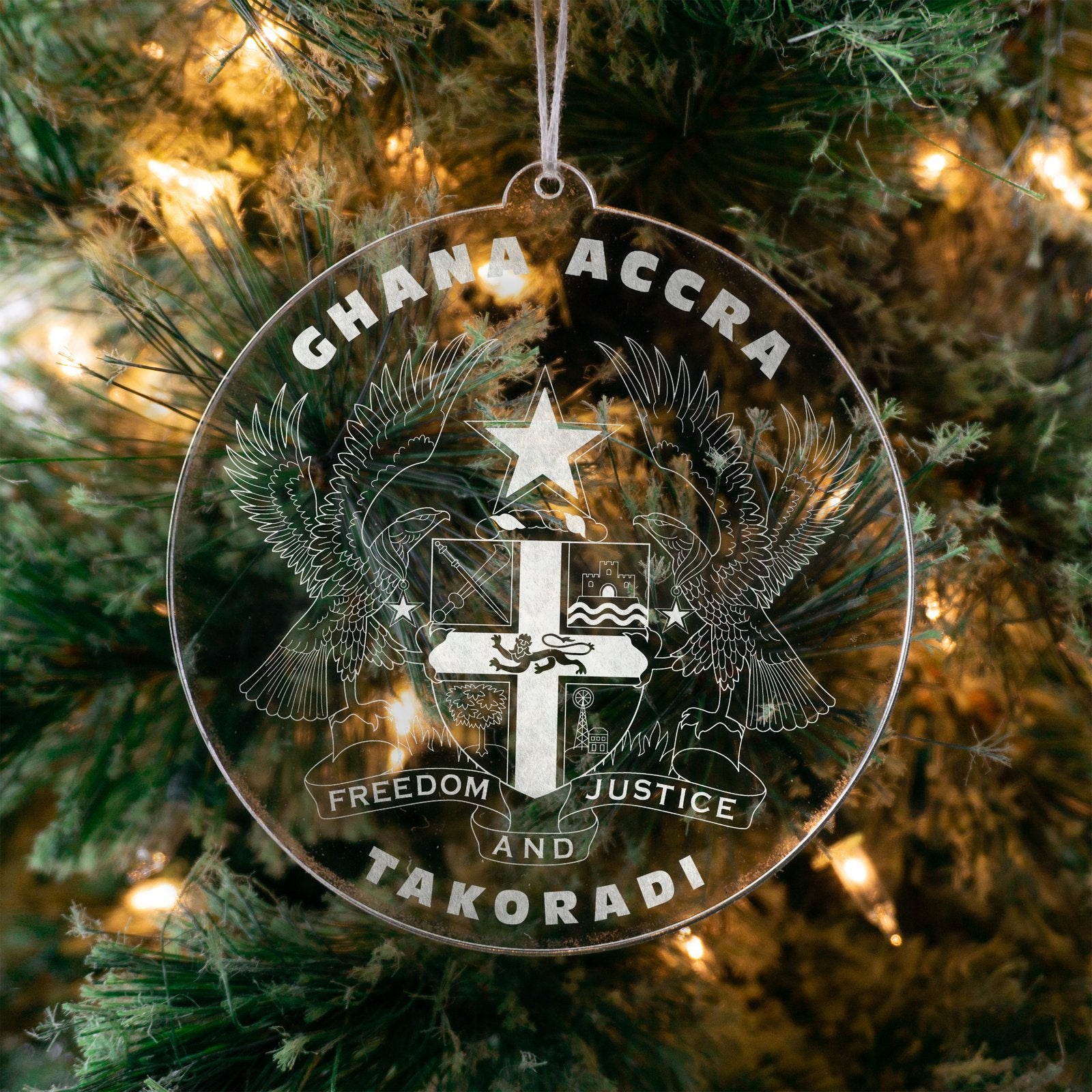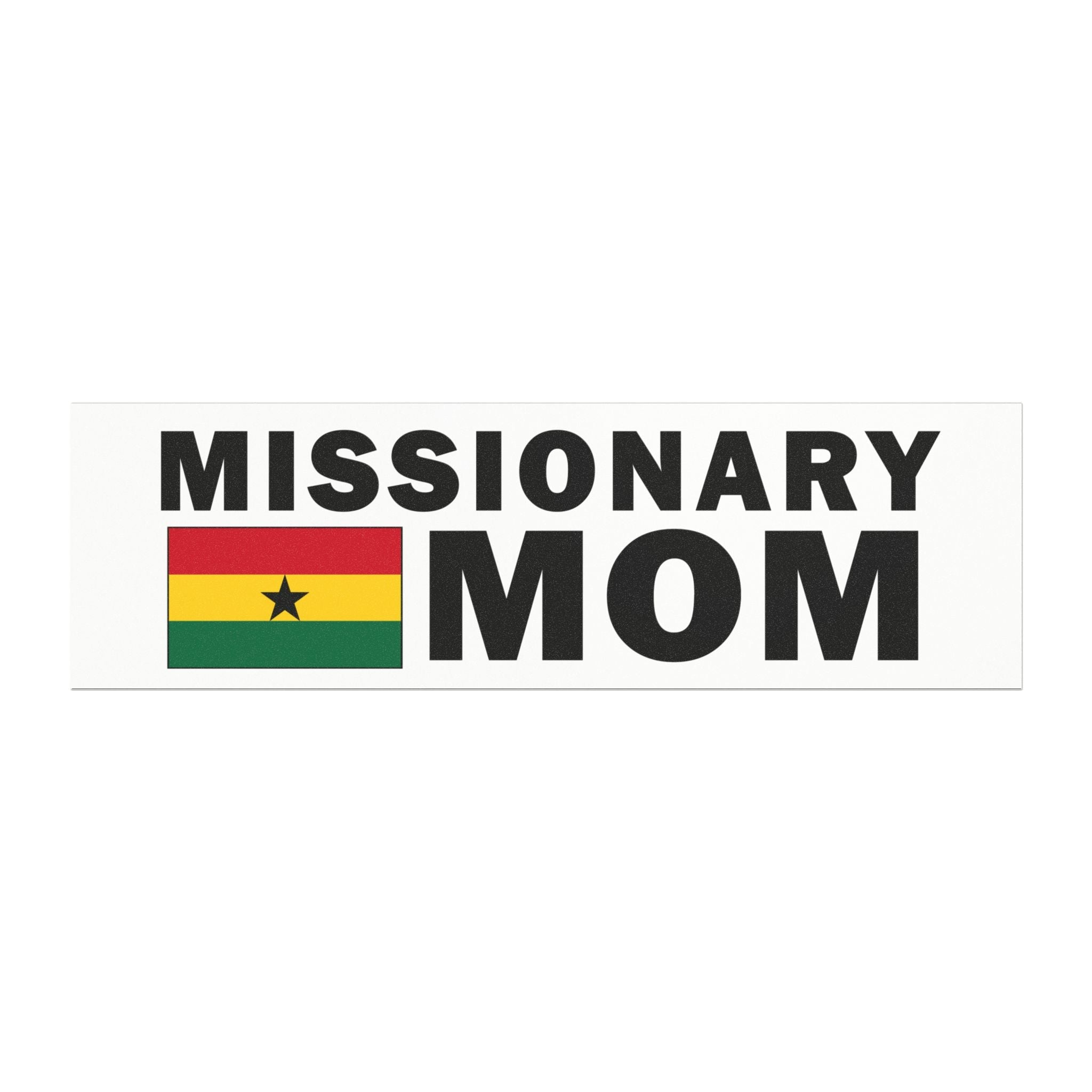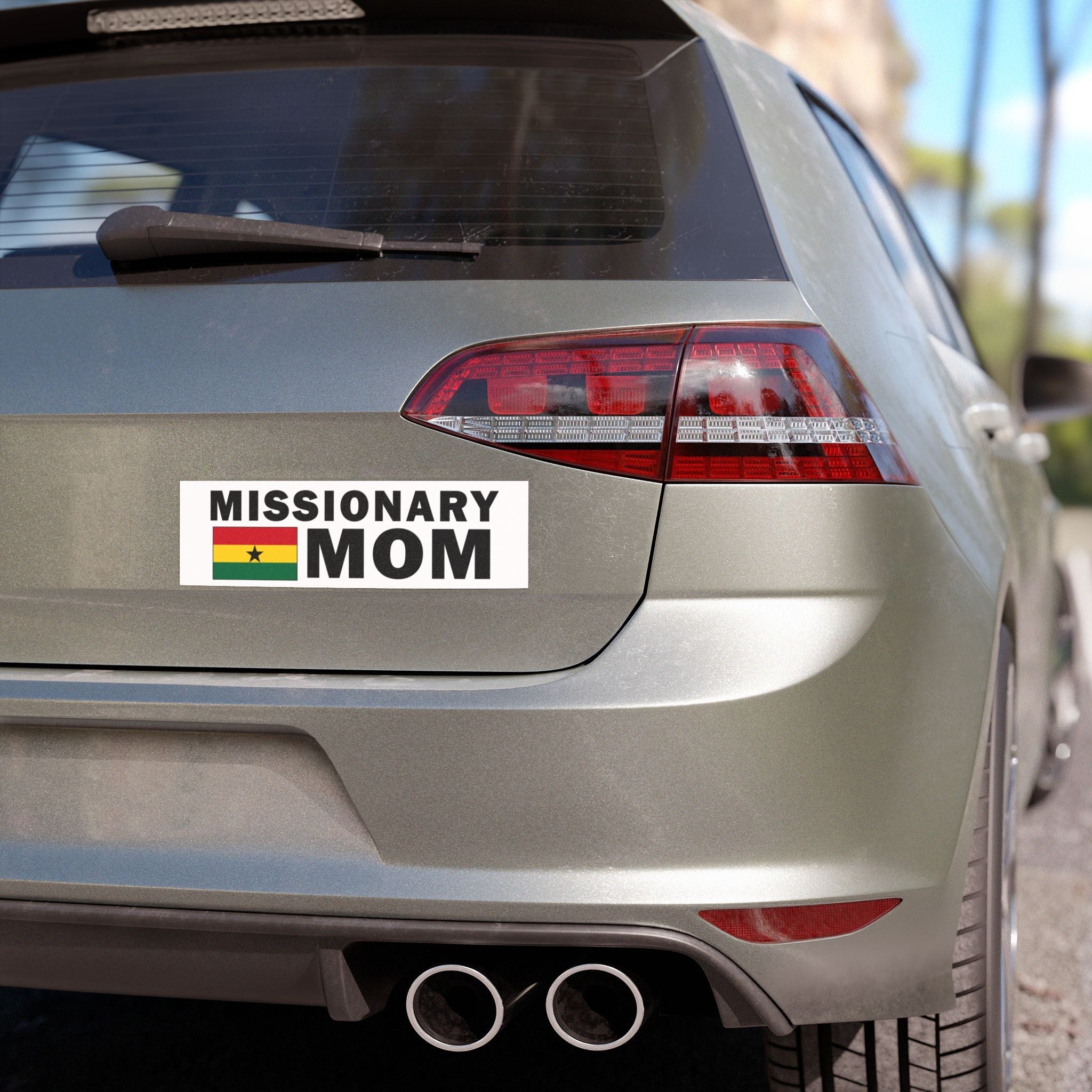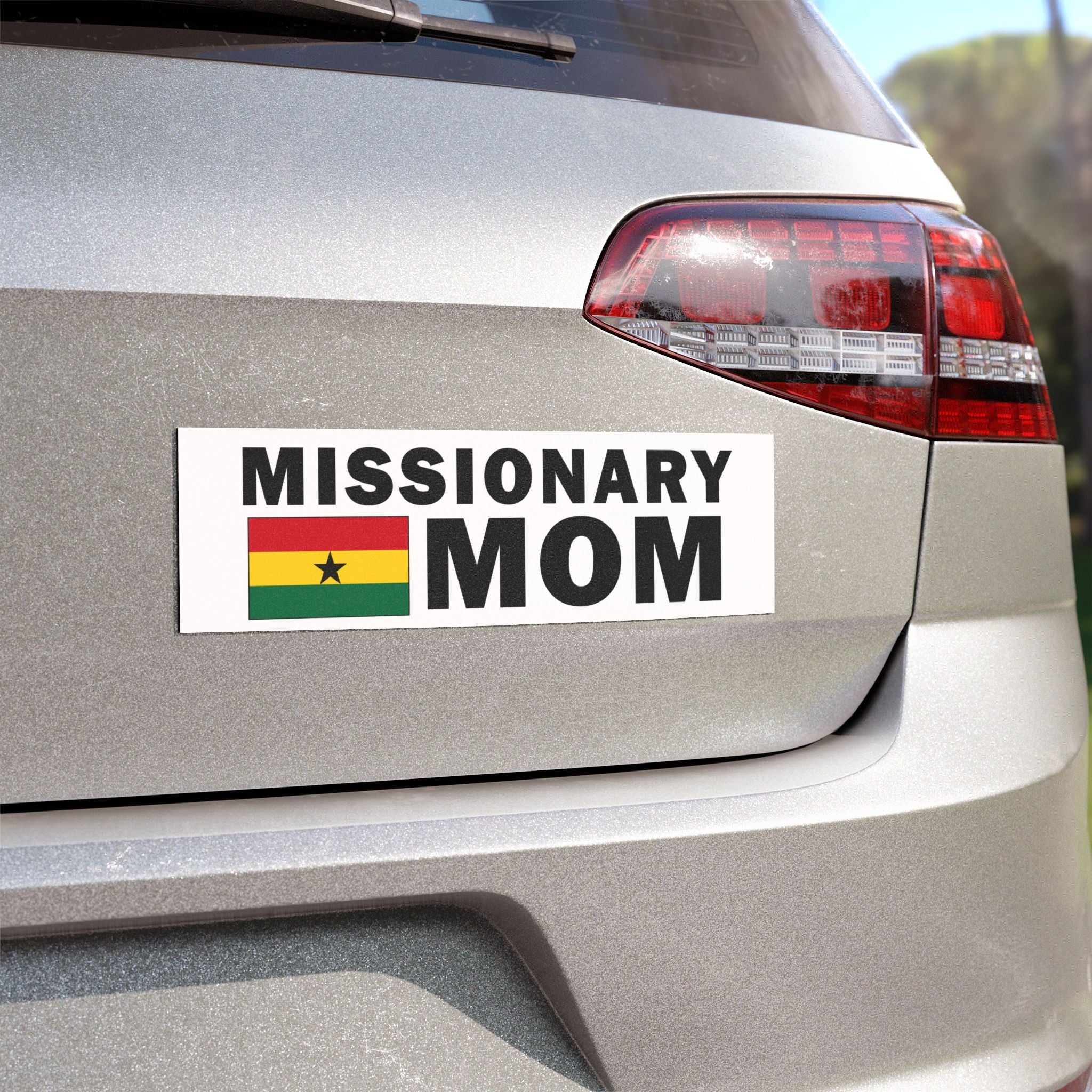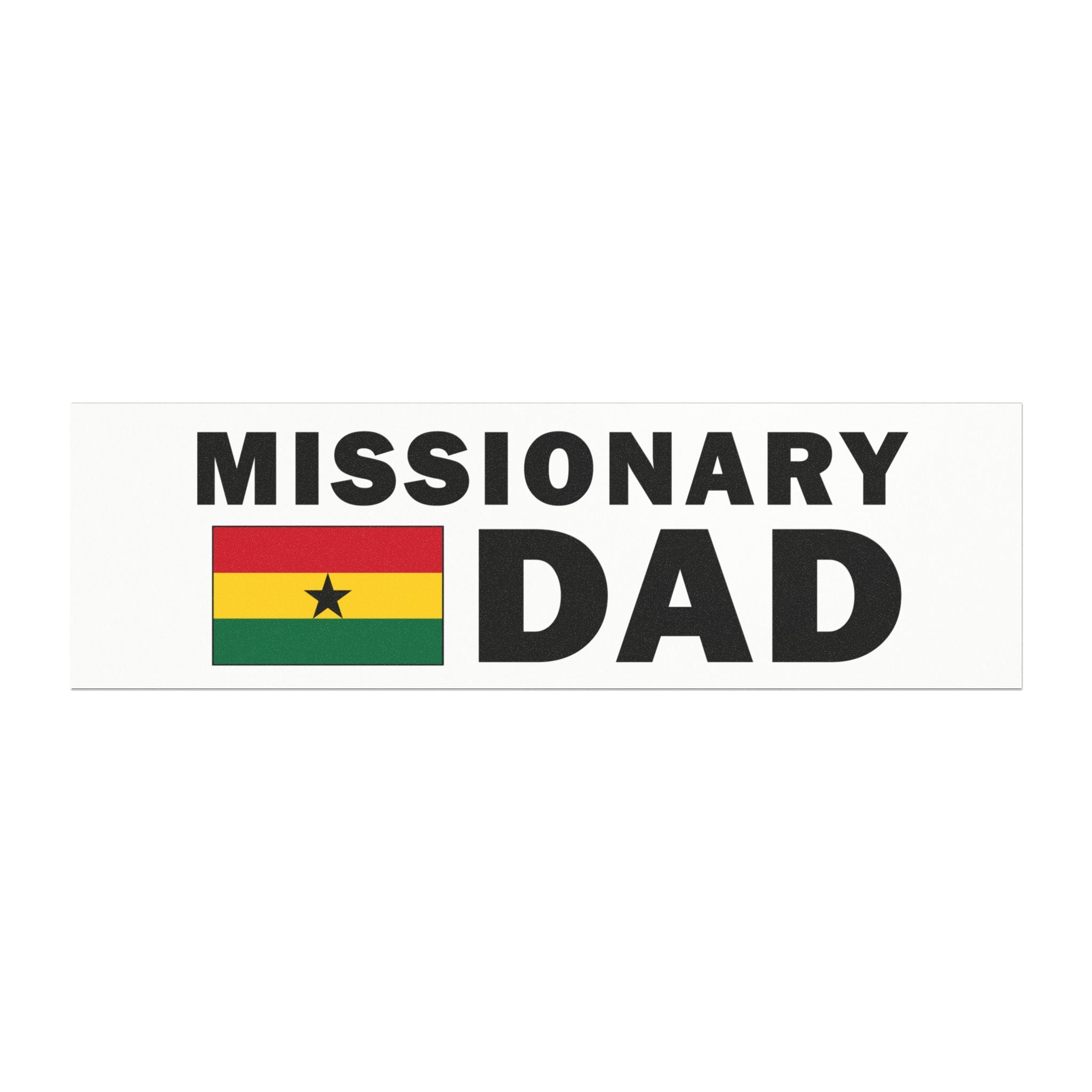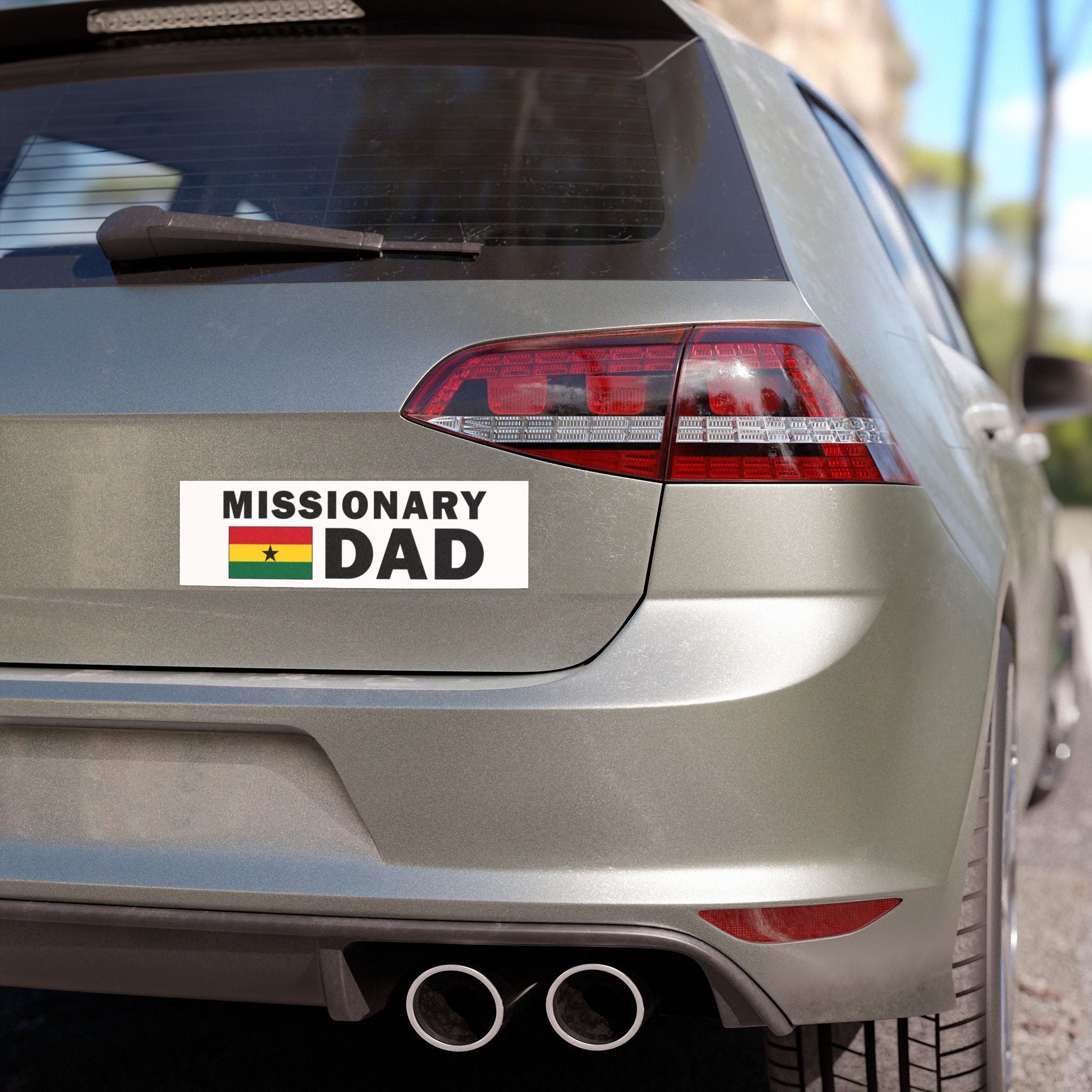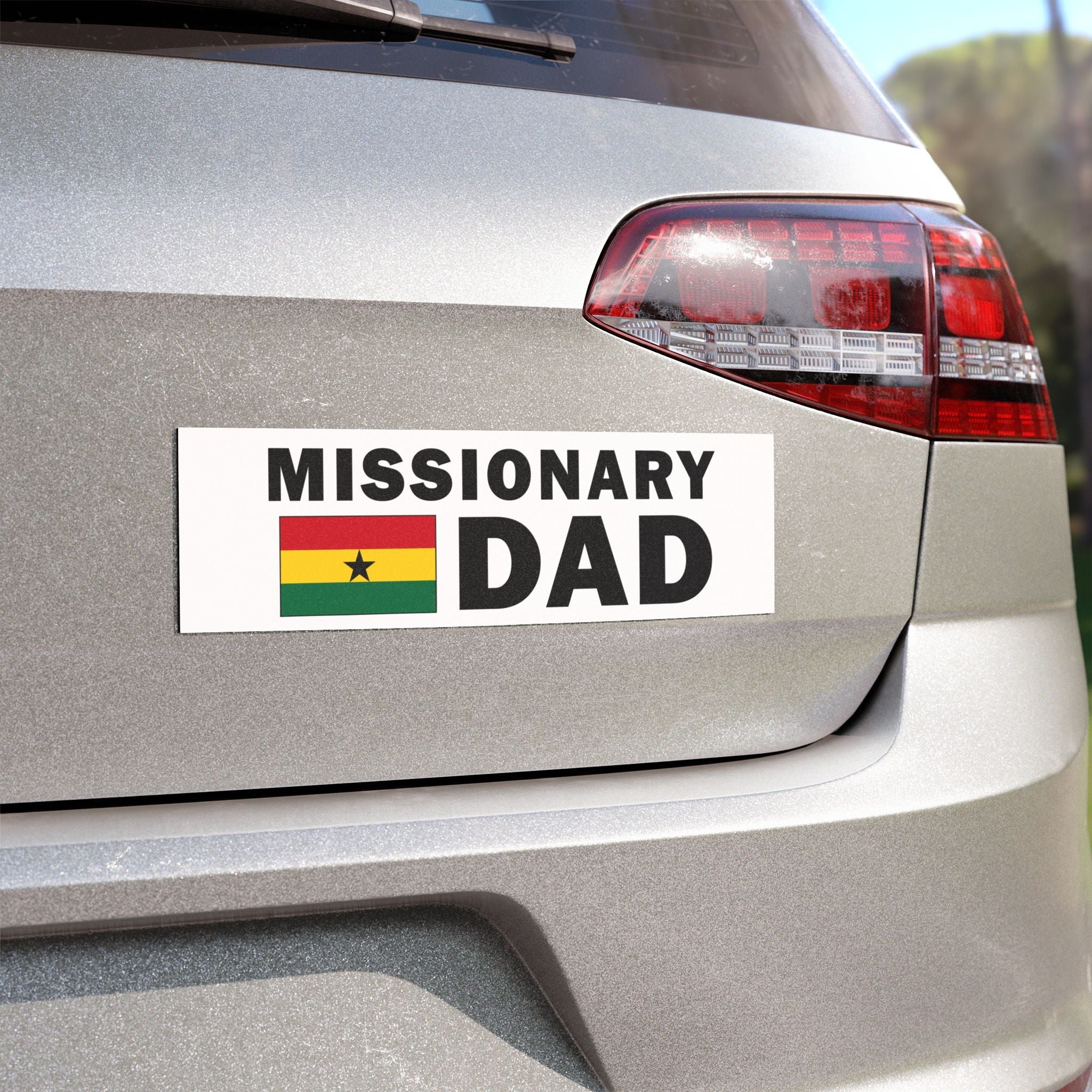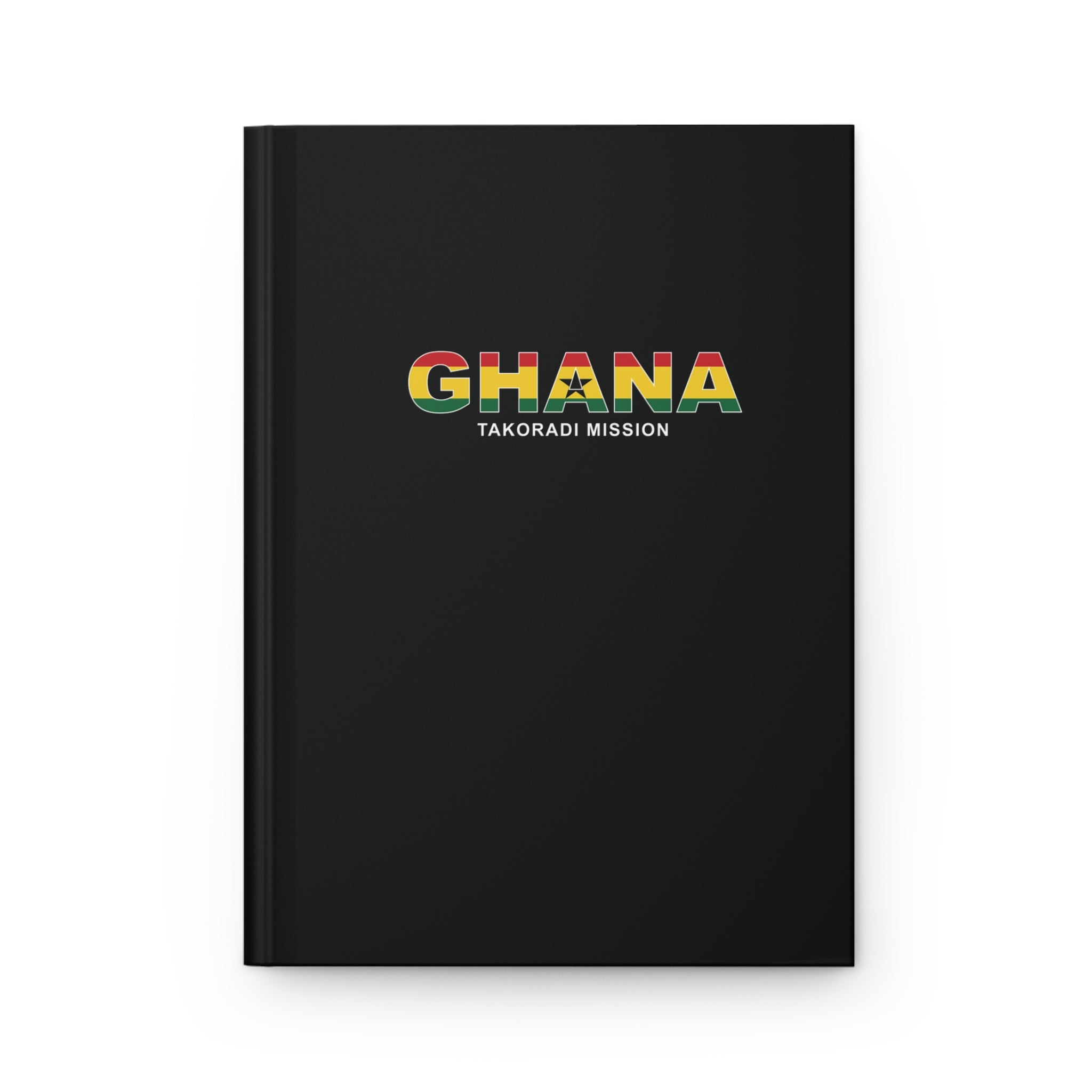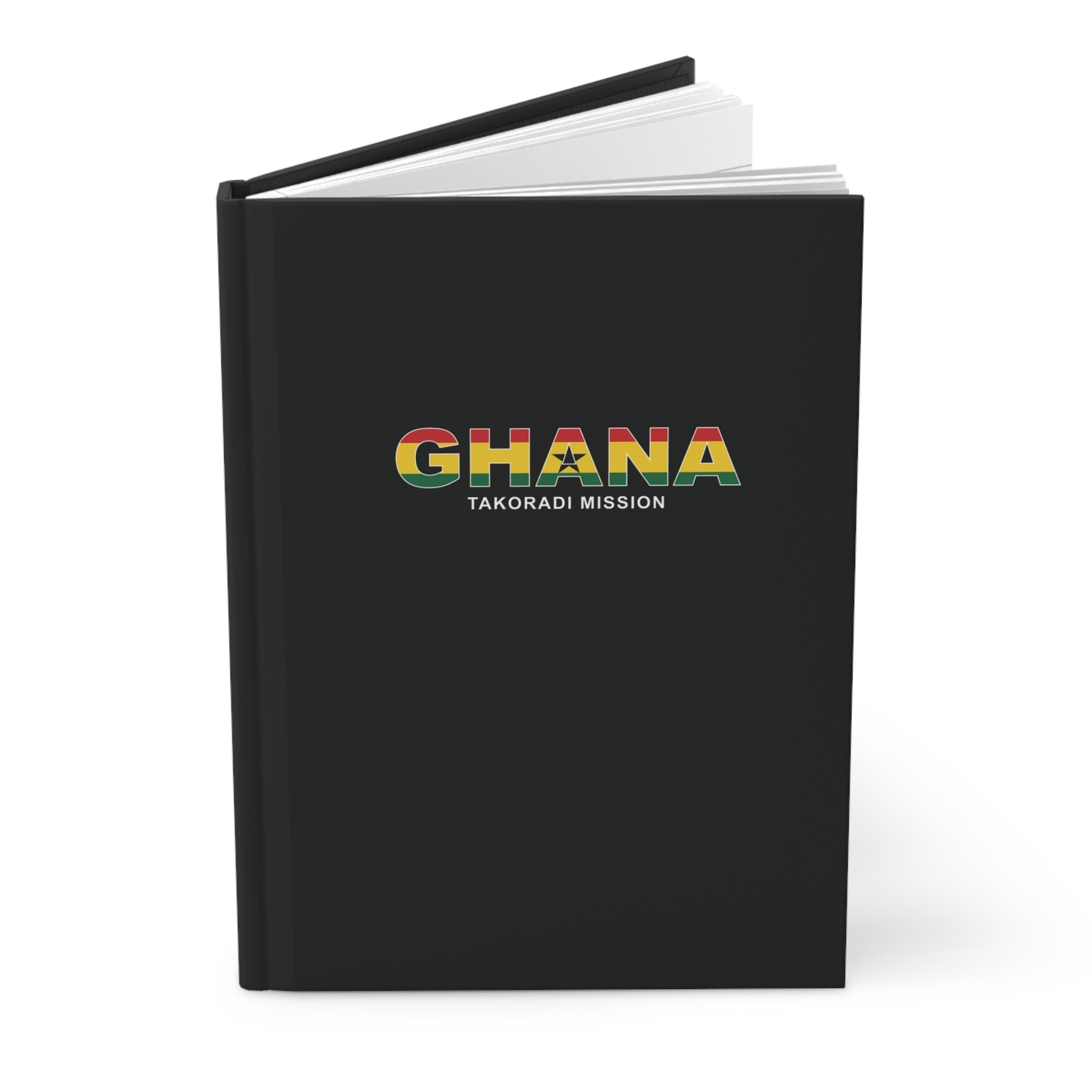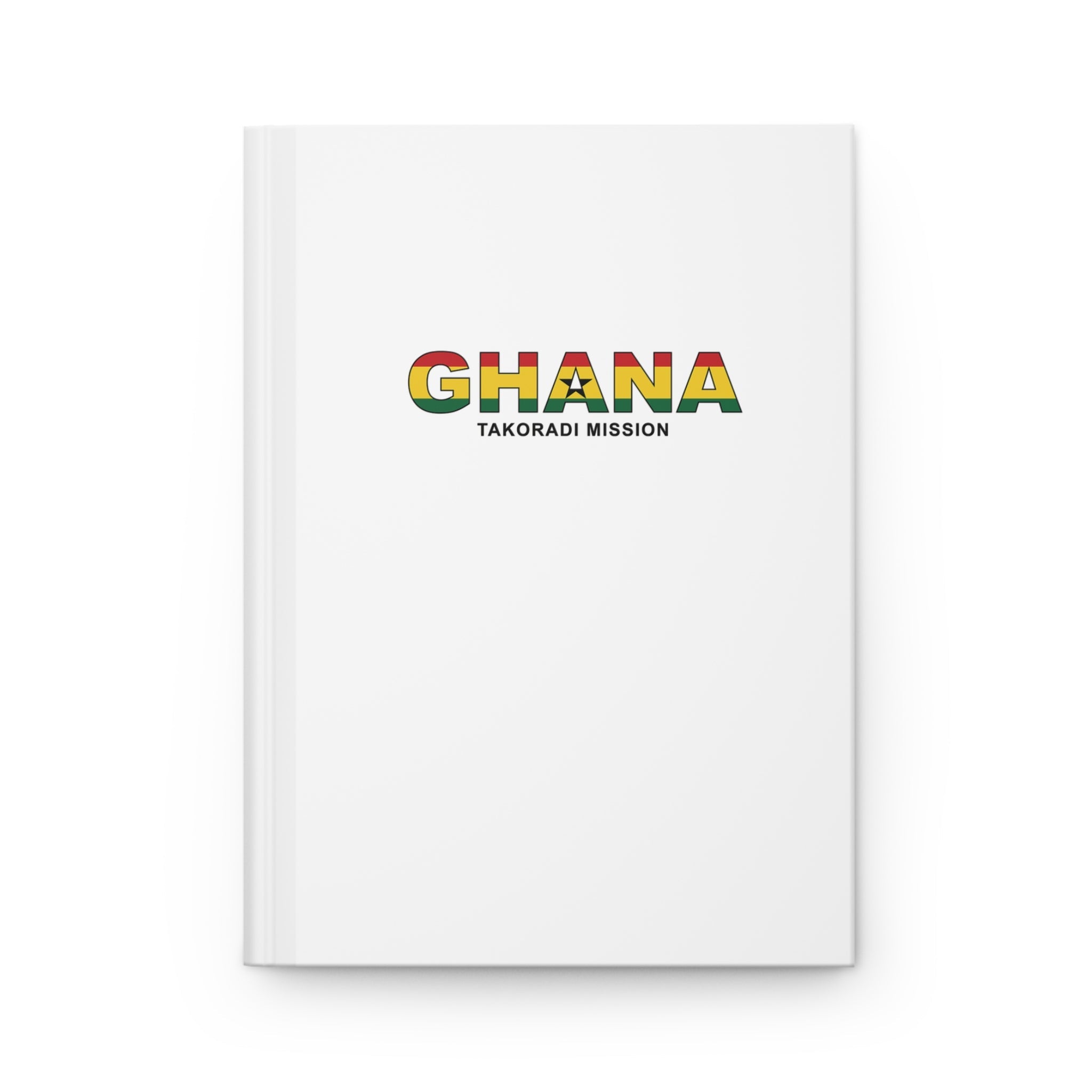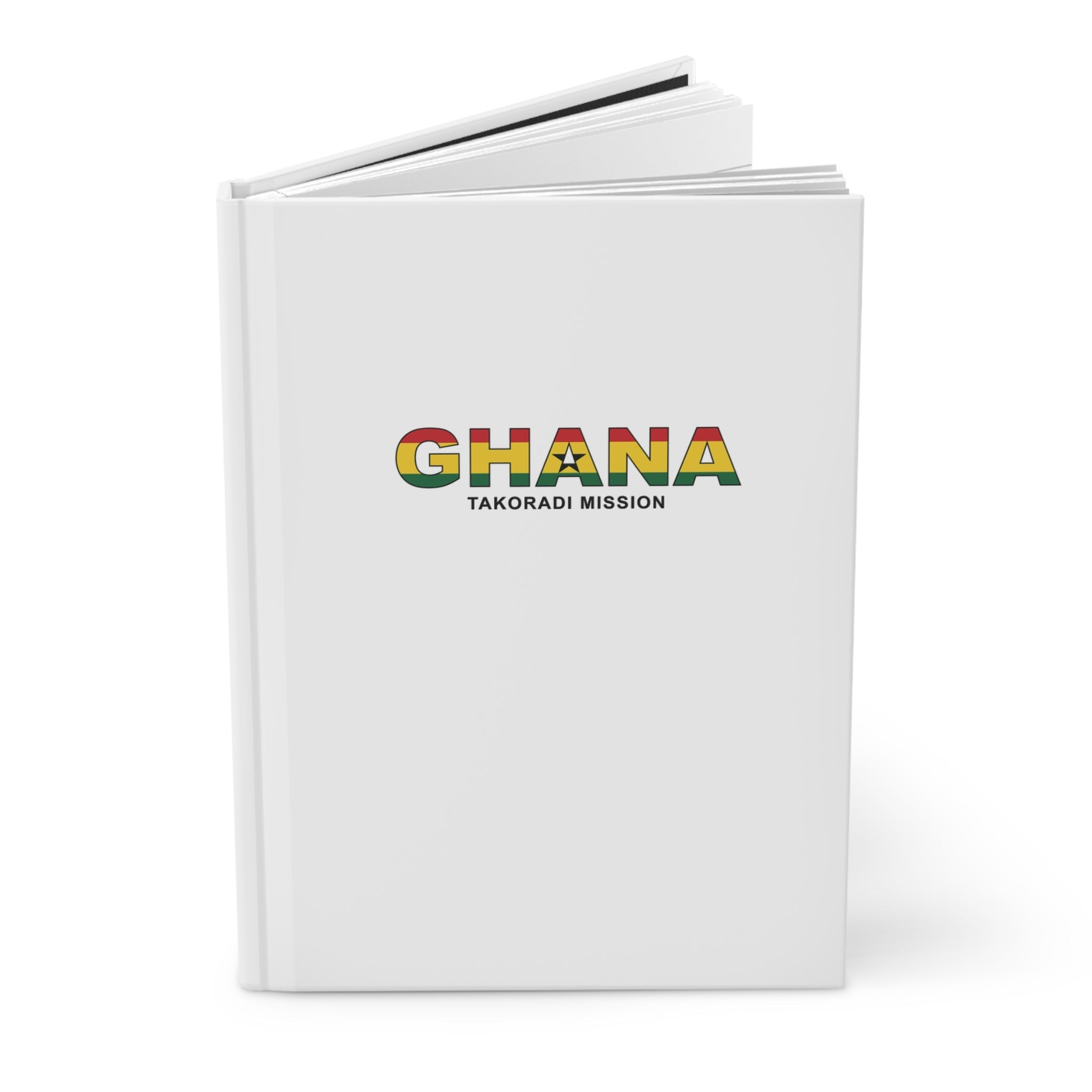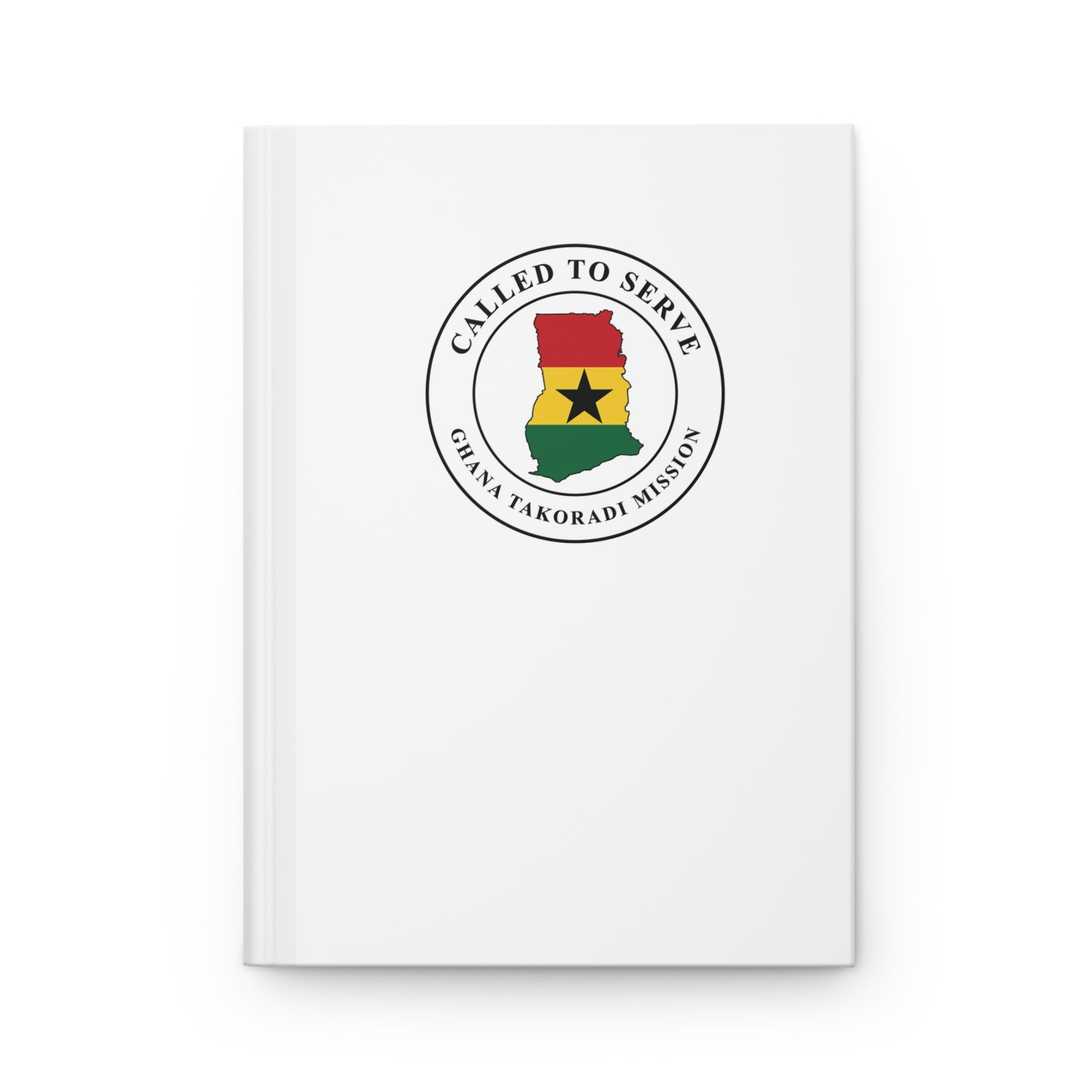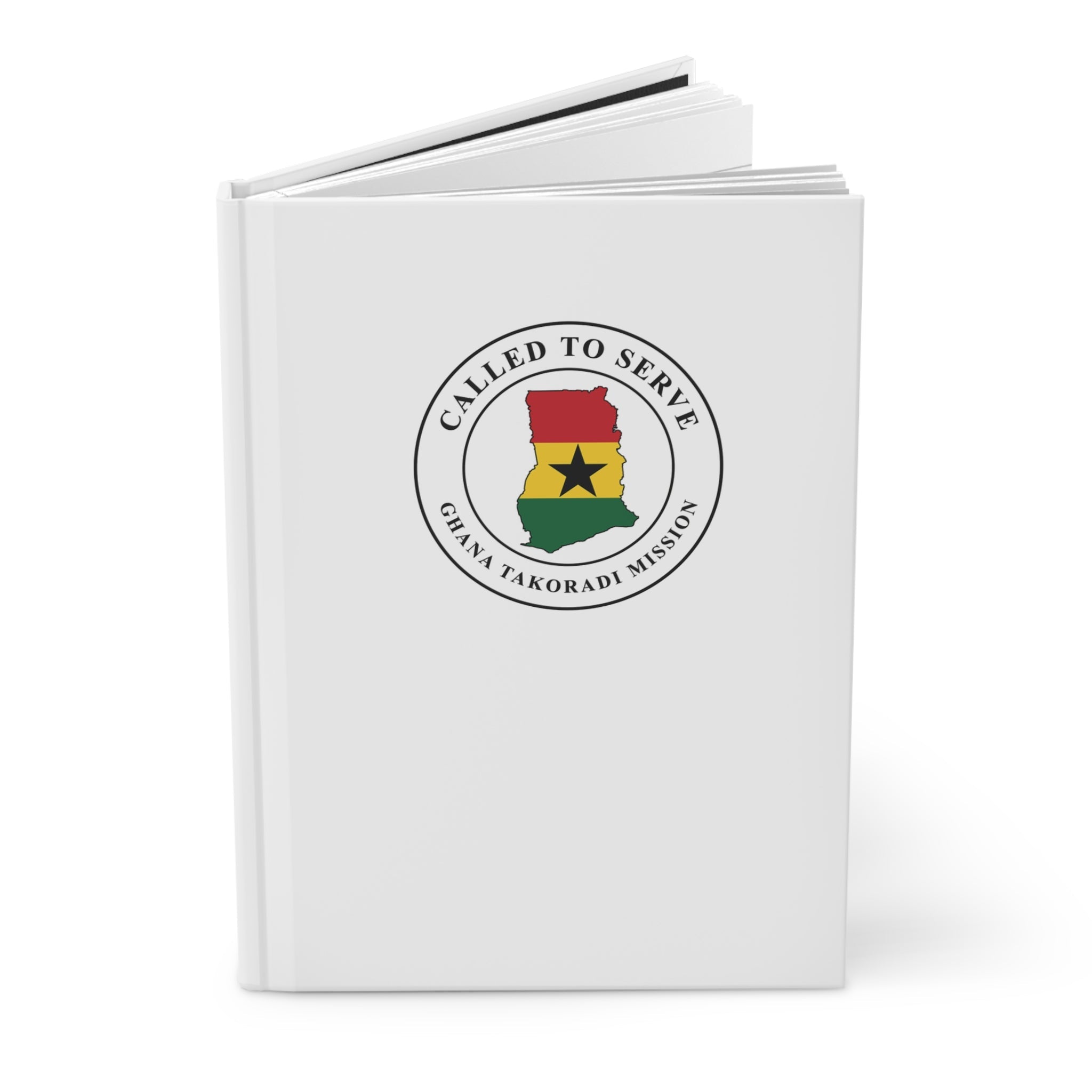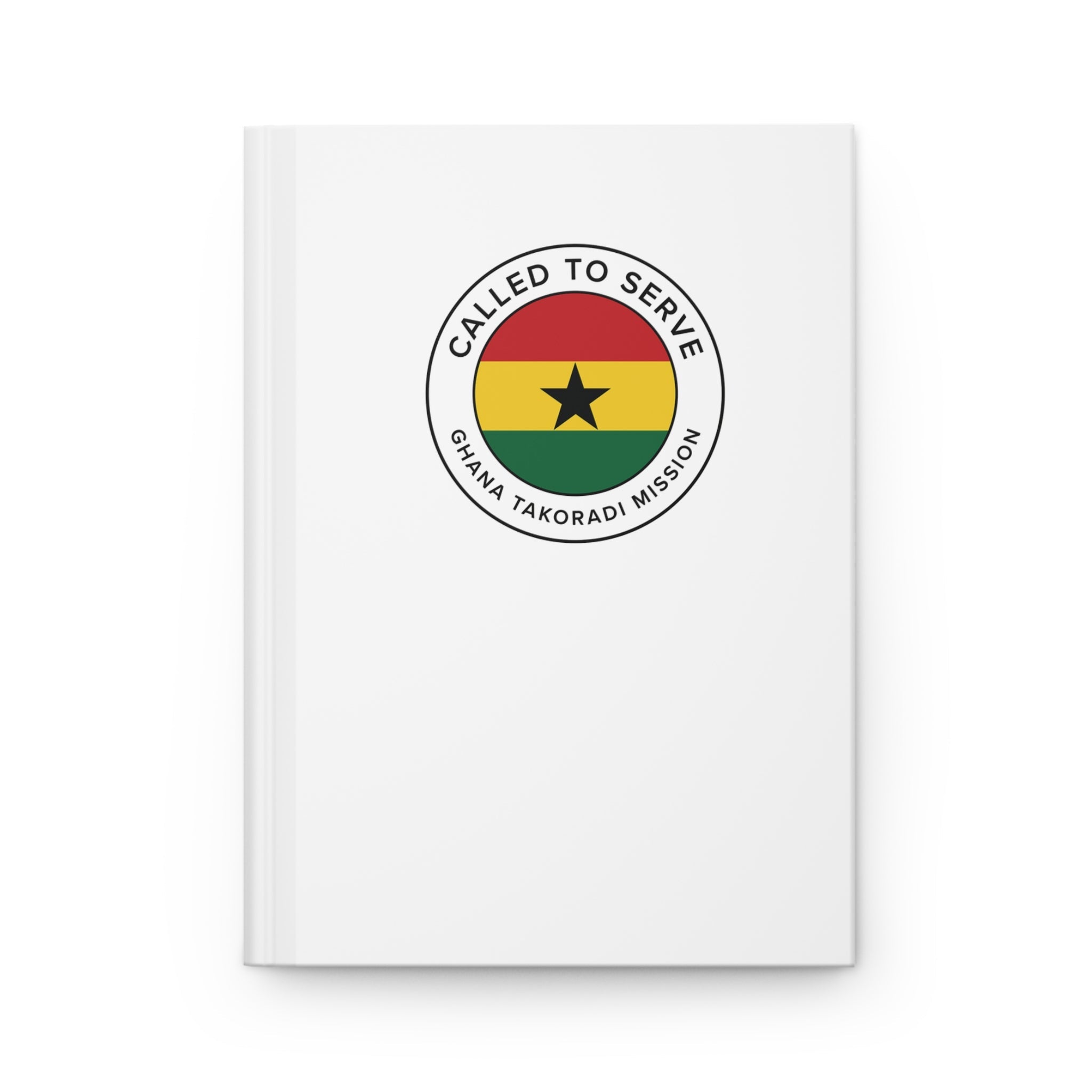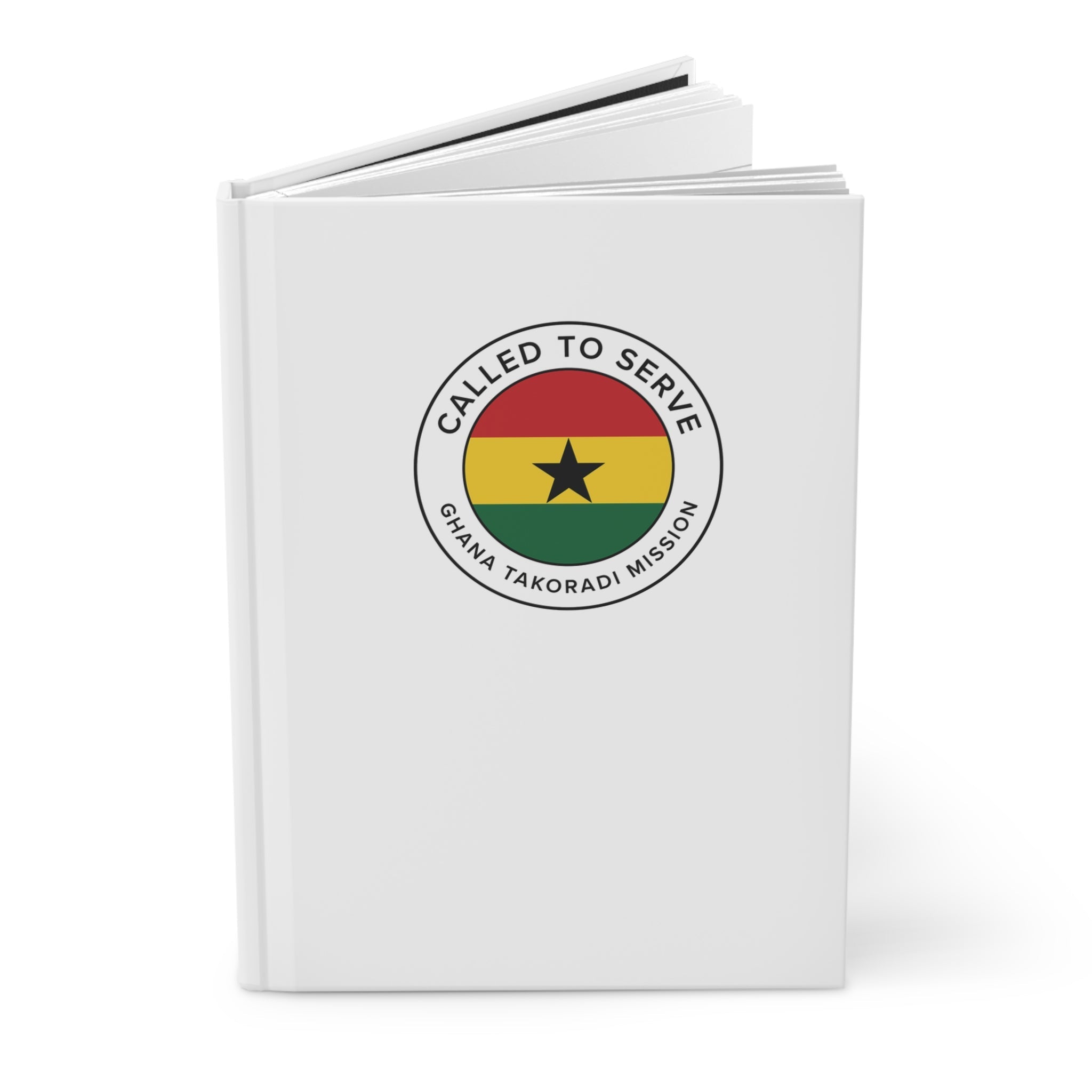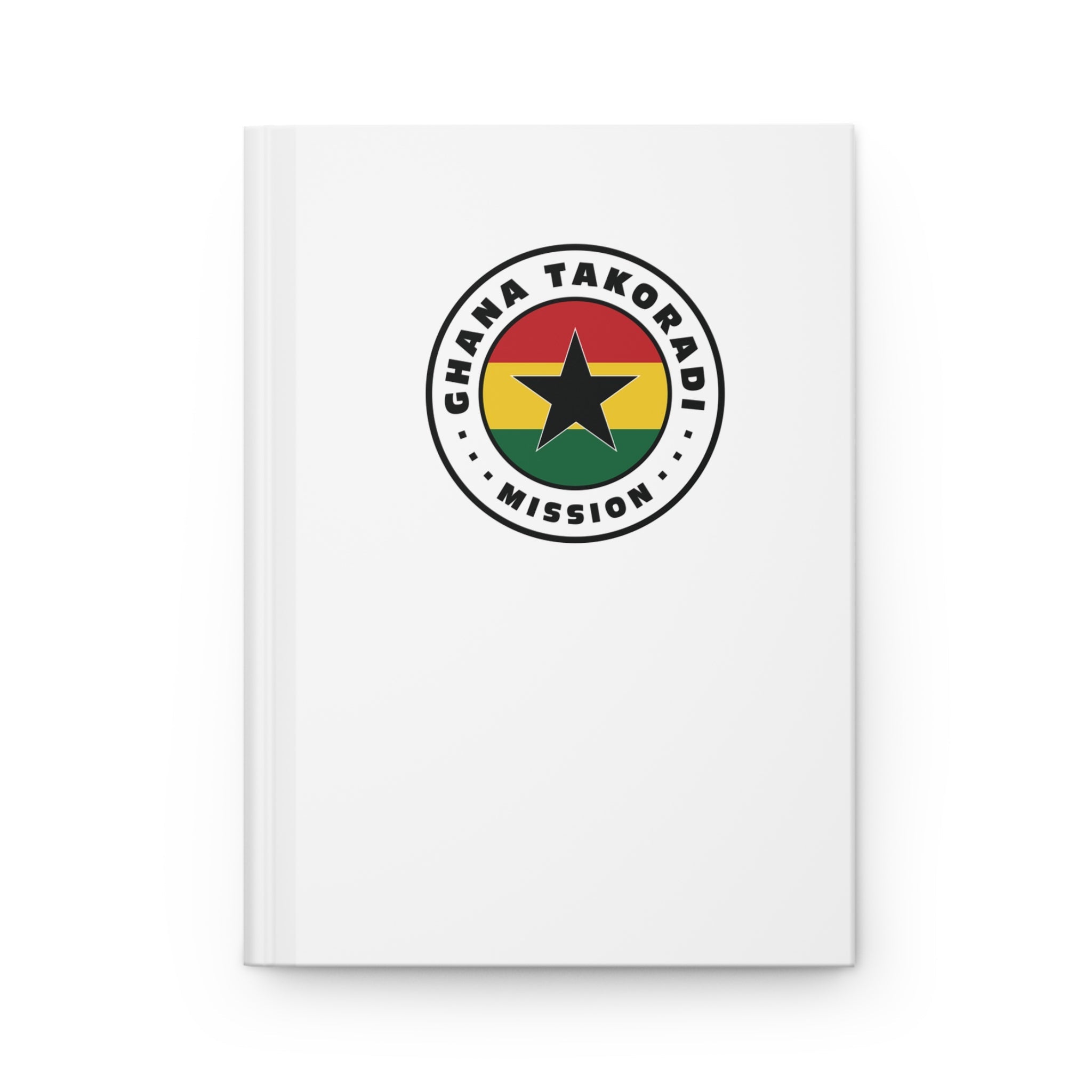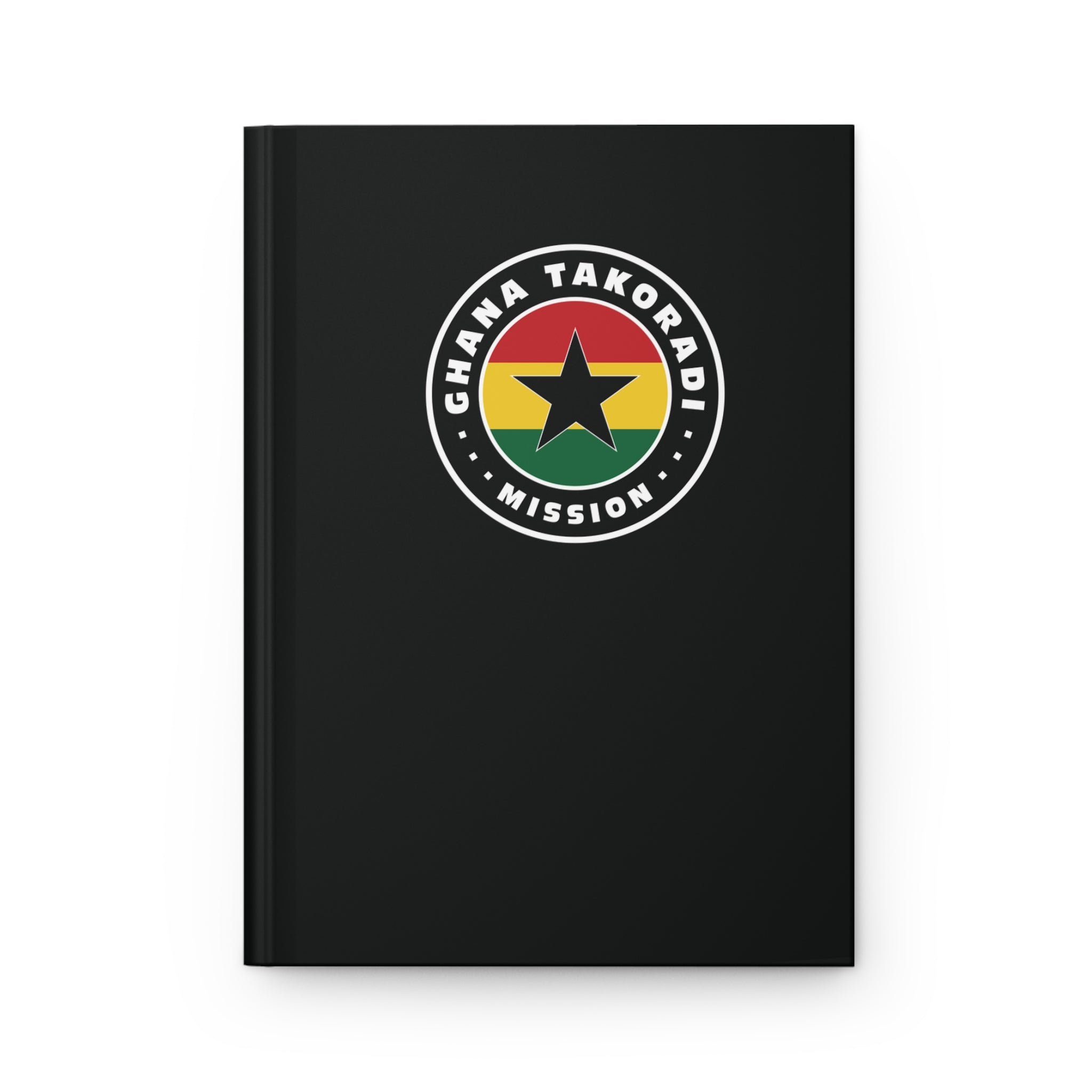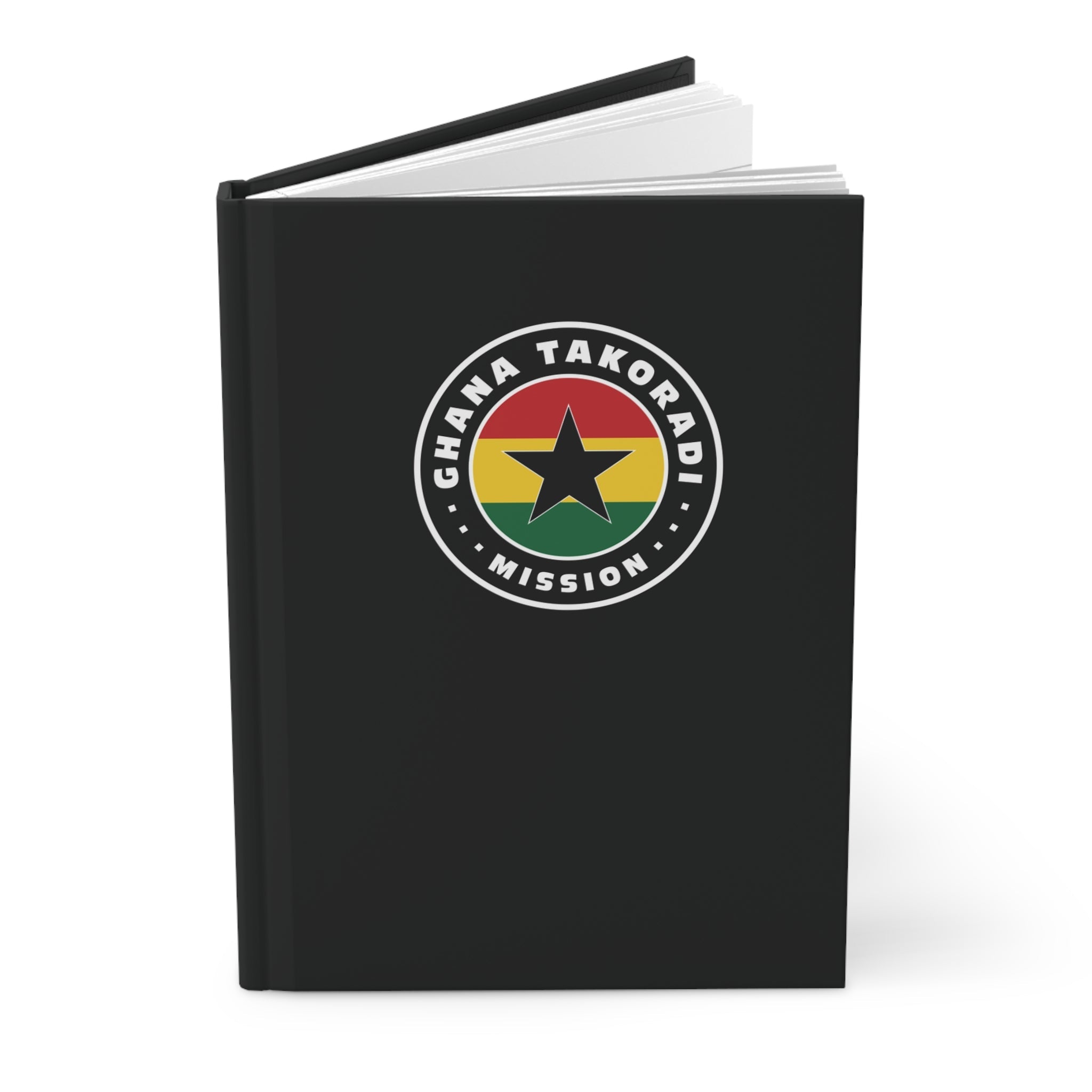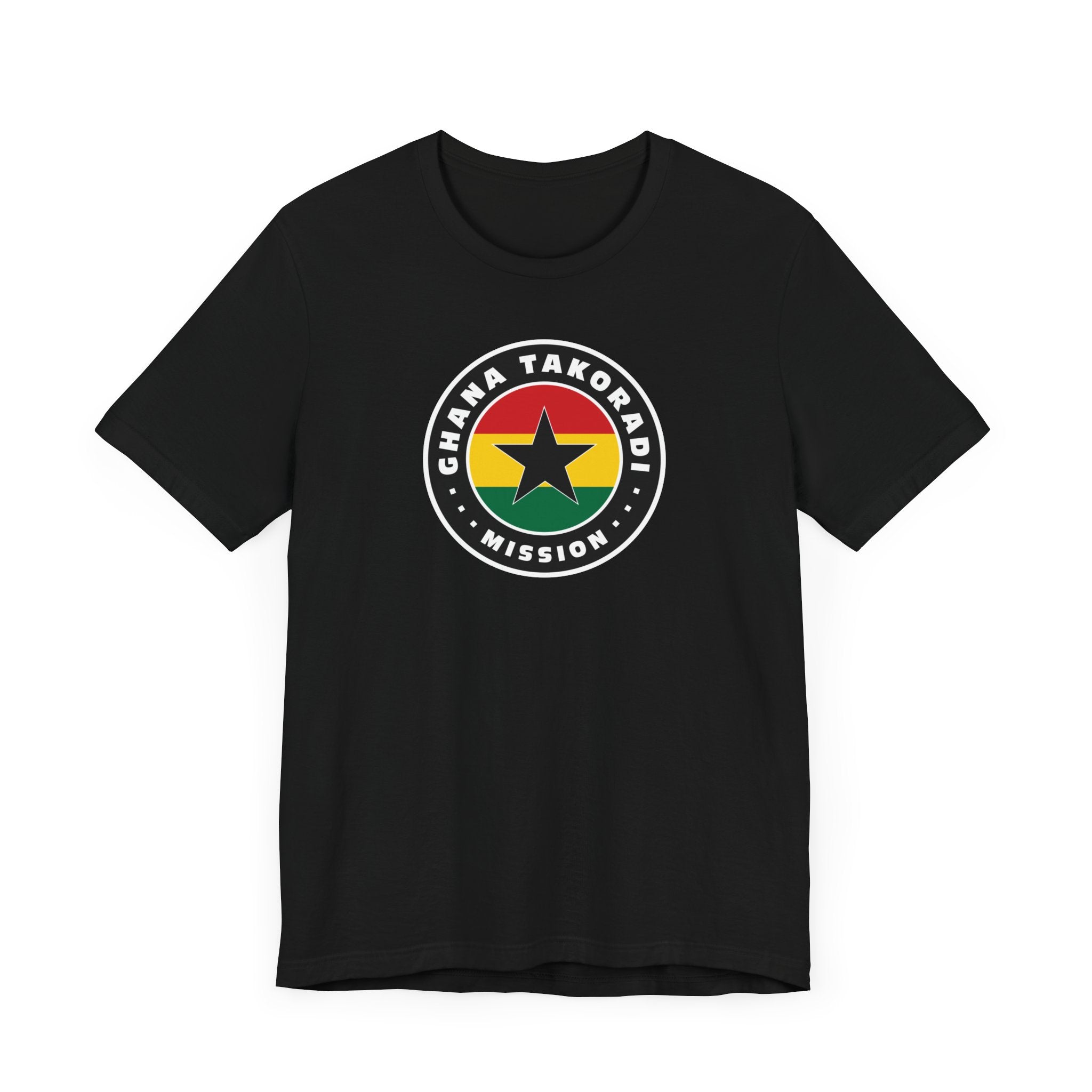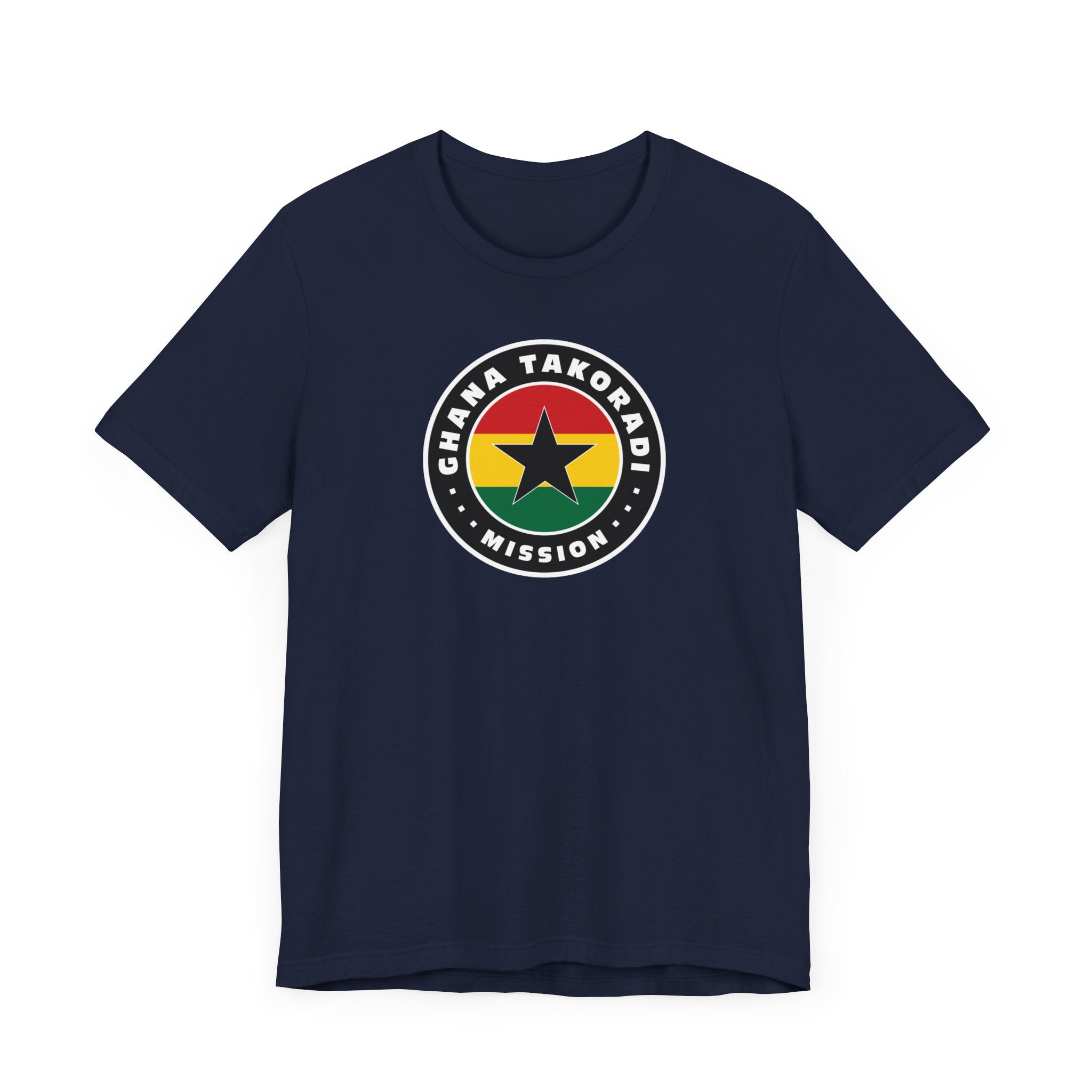Latter-day Saints in Ghana have exemplified the “patience of the saints” by continuing in faith even amidst opposition (Revelation 14:12). In the 1960s, several Ghanaians read the Book of Mormon, gained testimonies, and began to petition Church leaders to organize branches in Ghana. A policy preventing priesthood ordination for men of African descent made it difficult to provide sufficient leadership for branches in West Africa. Undeterred, local believers, including R. A. F. Mensah, J. W. B. Johnson, and Rebecca Mould, established independent congregations and awaited the day when the Church would organize branches in Ghana.
In 1978, Church President Spencer W. Kimball received a revelation extending priesthood ordination to all worthy men and directed that missionaries be sent to Ghana. Hundreds of believers were baptized, branches organized, and a mission established. For the next decade, the Church grew in Ghana at an accelerated pace.
In 1989–90, the government banned the activities of several religious organizations, including the Church. For more than a year, Ghanaian Saints continued to practice their faith in their homes. After the freeze ended, Saints continued to work to share the gospel and to build the Church. In 1998, Church President Gordon B. Hinckley visited Ghana and announced that a temple—the first in West Africa—would be built in Accra. The Accra Ghana Temple was dedicated in 2004.

